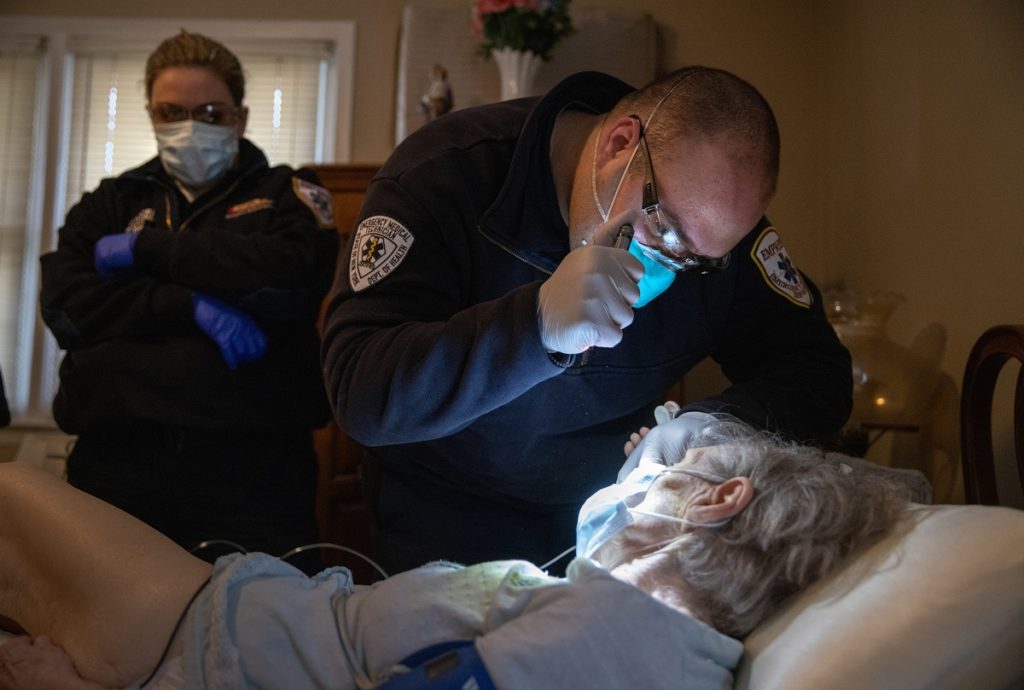Karina Piser:
Right. So, you know, we have seen the way that the disease itself of COVID has played out. It has affected the low income communities of color more than any others. And we also know what the state of health care looks like in this country. And the pandemic brought a lot of that to life. Safety net hospitals were ill equipped to deal with the influx of patients early in the pandemic, and they do not necessarily have the means to create these long COVID clinics.
Similarly, in rural communities, the number of hospitals in rural America have decreased dramatically over the past decade. Same with community health centers that are kind of, you know, often the first recourse for low income communities that has already been depleted. And so the communities that were hit the hardest by the pandemic are not only going to have the most difficulty accessing care, going to these major medical centers where these long COVID clinics are emerging that are often in major cities where people in rural communities, they might not even know they exist.
But also it’s difficult to get there if you don’t have transportation. It’s difficult to miss work. There are so many reasons why people are being excluded from the treatment that is available.













































